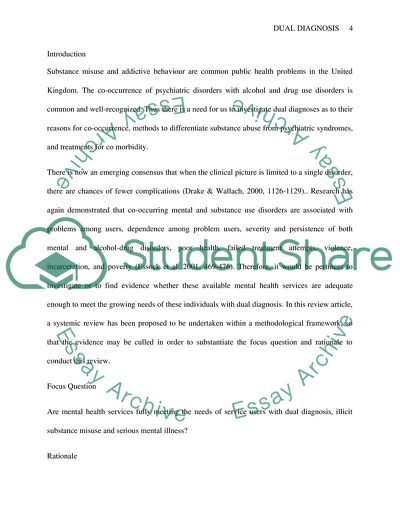Cite this document
(Meeting Challenges in Dual Diagnosis of Substance Abuse and Mental Thesis, n.d.)
Meeting Challenges in Dual Diagnosis of Substance Abuse and Mental Thesis. Retrieved from https://studentshare.org/health-sciences-medicine/1724181-journal-article
Meeting Challenges in Dual Diagnosis of Substance Abuse and Mental Thesis. Retrieved from https://studentshare.org/health-sciences-medicine/1724181-journal-article
(Meeting Challenges in Dual Diagnosis of Substance Abuse and Mental Thesis)
Meeting Challenges in Dual Diagnosis of Substance Abuse and Mental Thesis. https://studentshare.org/health-sciences-medicine/1724181-journal-article.
Meeting Challenges in Dual Diagnosis of Substance Abuse and Mental Thesis. https://studentshare.org/health-sciences-medicine/1724181-journal-article.
“Meeting Challenges in Dual Diagnosis of Substance Abuse and Mental Thesis”, n.d. https://studentshare.org/health-sciences-medicine/1724181-journal-article.


